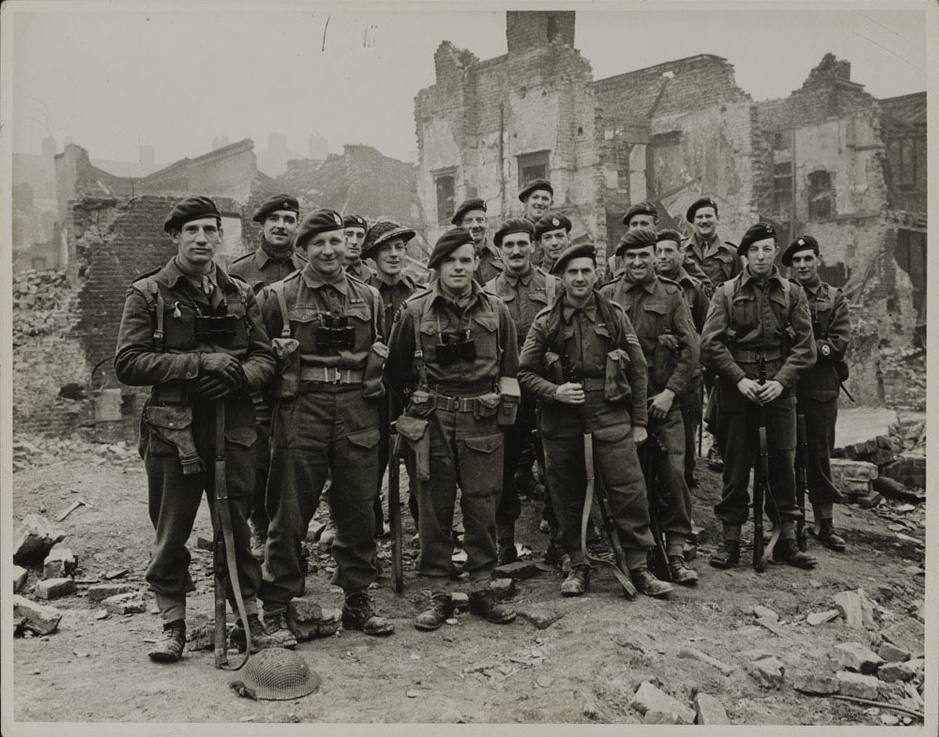
The British Commandos were elite special forces units established during World War II, renowned for their daring raids, specialized training, and significant impact on the course of the war. Formed in 1940 under the direction of Prime Minister Winston Churchill, the Commandos played a crucial role in amphibious operations, sabotage missions, and unconventional warfare against Axis forces. Their operations were characterized by courage, innovation, and a willingness to undertake high-risk missions behind enemy lines.
Origins and Formation
The origins of the British Commandos can be traced to the early years of World War II, when the need for specialized raiding units capable of conducting amphibious operations and hit-and-run attacks became apparent. Inspired by successful operations conducted by British forces during the Norwegian Campaign in 1940, Churchill called for the establishment of “a force which can strike and strike hard.”
Under the leadership of Combined Operations Headquarters (COHQ), the Commandos were officially formed in June 1940. The first units were drawn from volunteers across the British Army, Royal Marines, and later from allied nations such as Norway, Poland, and France. They underwent rigorous training in unconventional warfare, amphibious landings, close-quarters combat, and demolitions.
Key Operations
The Commandos quickly proved their worth through a series of bold and audacious operations throughout the war:
1. Lofoten Islands Raid (1941): One of the earliest Commando operations, this raid on the Norwegian islands targeted German fish oil factories and facilities. It was not only successful in destroying enemy infrastructure but also boosted morale and demonstrated the Commandos’ capabilities.
2. Dieppe Raid (1942): Perhaps the most infamous operation involving the Commandos was the Dieppe Raid, also known as Operation Jubilee. Although ultimately a costly failure in terms of objectives achieved, the raid provided valuable lessons in planning and execution for future amphibious assaults, such as D-Day.
3. St. Nazaire Raid (1942): Operation Chariot, as it was known, was a daring raid on the heavily fortified dry dock at St. Nazaire, France. The Commandos, supported by Royal Navy ships, successfully destroyed the dock, denying its use to German battleships for the remainder of the war. The raid showcased the Commandos’ ability to execute precision strikes against heavily defended targets.
4. Normandy Landings (1944): On D-Day, elements of the Commandos played a crucial role in the Allied invasion of Normandy. They were tasked with securing key objectives, such as Pegasus Bridge over the Caen Canal, and disrupting German defenses in the early hours of the operation. Their actions contributed to the success of the Normandy landings and the subsequent liberation of Western Europe.
Training and Tactics
The Commandos were distinguished by their intensive training and specialized skills. Commando training emphasized physical fitness, marksmanship, stealth, and the ability to operate independently behind enemy lines. Training centers such as Achnacarry in Scotland became legendary for their demanding courses and rigorous selection process.
Tactically, the Commandos were flexible and adaptive, capable of conducting raids by land, sea, or air. They utilized small unit tactics, surprise, and speed to achieve their objectives, often operating deep within enemy territory to disrupt supply lines, gather intelligence, and support larger Allied operations.
Legacy and Impact
The legacy of the British Commandos is significant both in military history and in the development of modern special forces operations. Their daring raids and unconventional warfare tactics influenced the evolution of special operations forces around the world. Lessons learned from Commando operations during World War II continue to shape military doctrine and training today.
Beyond their operational impact, the Commandos embodied the spirit of courage, determination, and sacrifice. They became symbols of British resolve and ingenuity in the face of adversity. Many Commando units, such as the Royal Marines, continue to serve as elite forces within the British Armed Forces, carrying on the traditions and ethos established during World War II.
In conclusion, the British Commandos were instrumental in shaping the course of World War II through their daring raids and specialized operations. Their courage, skills, and innovative tactics left an enduring legacy in military history, establishing a benchmark for excellence in special operations forces worldwide. The Commandos’ contributions underscore the importance of elite forces in modern warfare and serve as a testament to the human spirit in the face of adversity.